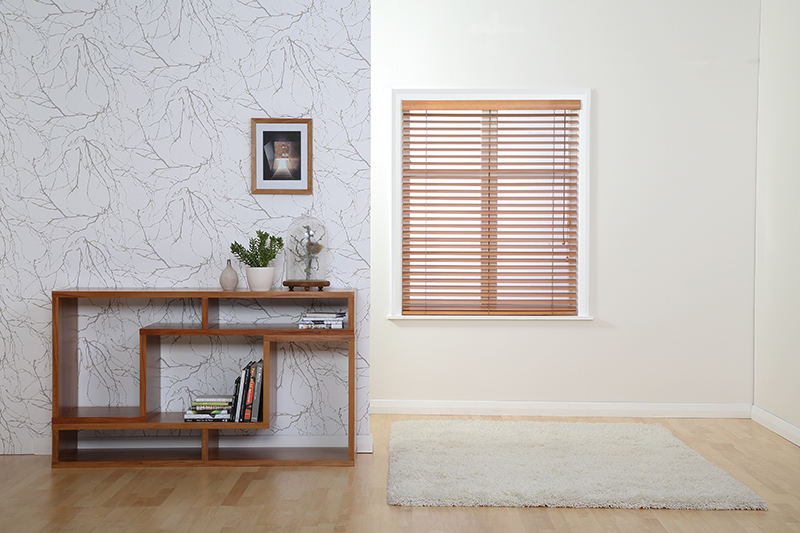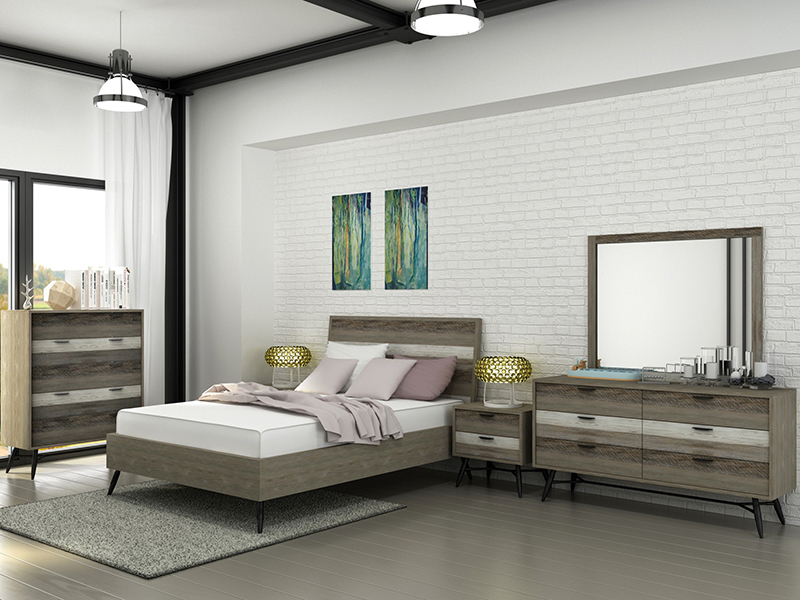






Furniture Care
Lounge - Fabric Care
Avoid prolonged exposure to direct sunlight as this causes premature fading, rotting and deterioration to both fabric and leather. We recommend that curtains be closed when the room is not in use. Also, do not place furniture to near a radiator or heat source.
Should a member of your family or regular visitor to your home wear hair creams or gels, please consider fitting a head-cloth or anti-macassar for added protection of the upholstery.
Take care with newspaper as the ink can easily rub off onto the leather or fabric.
Foams will soften 10-15% in the first six months of use. This is called 'settling' and is a normal process of foam. From there on, our high quality foams will remain consistent.
Fabric Care Information
- Vacuum weekly, as dust is very abrasive and causes premature wear. Take special care to reach between folds, seams, under and behind cushions etc, as grit and dust readily collect in these areas.
- Soak up spills immediately but avoid hard rubbing.
- As a rule, fabric cleaning is best undertaken by certified fabric cleaning specialists. Ask them for reassurance that their chemicals will not affect the fabric.
- Use foaming aerosol upholstery cleaners at your own risk and read the instructions carefully. Always spot test on a hidden part of the fabric to check for any adverse reaction.
- Fabrics treated with a fabric protector will resist staining better, making cleaning easier. If applying fabric protection, check that it does not affect the fabric manufacturer's warranties.
- Turn reversible cushions regularly.
- To extend the life of your fabric suite we recommend arm covers.
Leather Care Information
- Leather is a natural product and the grain variations, heal marks, stretch or growth lines distinguish it from imitations. Comfort creases will form as it is not elastic.
- Dust is very abrasive and causes premature wearing. Wipe leather surfaces down with a damp cloth (vacuum suede leathers) each week to remove dust. Special care should be taken to clean between folds, as grit and dust collect in these areas.
- Avoid perspiration on leather as it contains acid that can damage the top pigment coats. This should be removed with recommended leather cleaner.
- Regularly clean leather with a recommended leather cleaner, as directed, to remove imbedded dirt and stains. Remember to apply conditioner / protector to prolong the life of leather after using the cleaner.
- To prevent leather fading it should not be kept in sunlight for prolonged periods. Draw the curtains during the day if the room is not in use. Give particular attention to aniline, suede and nubuck leather as ultra violet light will fade this type of leather.
- The leather surface may require refinishing if not treated with care. Yes, a leather refinishing service is available but can be easily avoided with careful maintenance.
How to care for Indoor Wooden Furniture
- Wipe over with a damp warm cloth followed by a dry soft cloth (do not use a greasy dish cloth).
- To remove grease, add a few drops of detergent to a bowl of warm water then dampen a cloth with this solution and wipe over. Always clean off with another clean damp cloth and wipe dry.
- To rejuvenate Mahogany, use a small application of Teak wax from Danske Møbler. Caution: Do not use any other wax or oil, especially any with silicone content. Most rimu is protected with a satin polyurethane finish that does not require polishing.
- Things to avoid on wooden surfaces include: nail polish remover, synthetic glues, solvents etc, lemon juice and vinegar.
- Direct heat from casseroles, tea pots and coffee mugs etc, should be avoided. Hot items placed on anything containing moisture will steam the surface and cause surface blemishes. Frozen items can cause a similar effect. The best rule to follow is: if it's too hot to hold, it's too hot for an unprotected wooden surface.
- A 'Bulgomme' rubber table protector is recommended for use under table cloths for dinner parties etc, or when laying heavy or sharp objects down.
- Try to avoid dragging or sliding heavy cabinets across the floor. Lift if possible.
- Avoid rocking back on chairs as this will weaken the chair joints.

Outdoor Furniture Timber Characteristics
To ensure your Eden outdoor furniture remains in good condition and appearance, it is important to establish a regular cleaning and maintenance programme.
Recoating of your outdoor furniture should take place before deterioration of the surface coating allows weathering of the timber substrate to take place. A patchy, thin, faded and uneven appearance indicates the need for recoating. If the furniture has high usage you may need to recoat earlier. If there are deep scratches or worn patches from day to day wear the offending area should be recoated promptly.
Two Timbakote stains are available at all Danske Mobler stores and stockists. Use the correct stain for the wood type of your furniture:
- Whitewash Timbakote Timber Stain – for use on Inlet and Pacific models (wood type is teak).
- Jarrah Timbakote Timber Stain – for use on Eden Classic and Eden SQE models (wood type is rosewood).
Why use Timbakote Furniture Stain instead of a normal stain?
Timbakote Furniture Stain provides colour-fast UV protection as well as weather protection to timber. The wet and dry action of moisture absorption is the main cause of timber degradation. Maintaining your outdoor furniture with Timbakote Furniture Stain will give you with many years of enjoyment from your Eden setting.
Recoating your Outdoor Furniture using Timbakote Stain
- Cleaning: Prior to coating, clean with 30 Seconds Outdoor Cleaner (blue label). Scrub with a stiff bristle brush and rinse thoroughly.
- Sanding: If mould is visible under the stain, sand off the stain to bare timber using P120 grit abrasive sand paper. Sand with the grain. Then sand again using P180 grit abrasive sand paper, again sanding with the grain. The sanding process creates a smooth surface for recoating.
- Dust: Clean the surface down to ensure it is completely free of dust.
- Stain: Stir the Timbakote Furniture Stain thoroughly, then apply 2 to 3 coats with a brush or applicator pad.
General Precautions and Additional Care Instructions
- Avoid applying the stain in direct sunlight or high winds.
- To avoid lap marks as you apply the stain, always finish each length of timber before moving onto the next.
- Apply 30 Seconds Spray and Walk Away (green label) every six months to prevent mould and fungi growth.
For technical support on Timbakote Furniture Stain call 09 815 7689 or 021 800 522.



















